Introduction To Software Testing: Types, Methods, And Techniques
4.9 out of 5 based on 52487 votesLast updated on 2nd Apr 2025 12.6K Views
- Bookmark

Learn software testing basics, types, methods, and techniques to ensure quality and bug-free applications. Master testing strategies effectively!

Introduction:
Software testing is a critical Software Development Life Cycle (SDLC) phase. It ensures that software applications function correctly, meet user requirements, and are defect-free. Effective testing helps organizations enhance software quality, improve user experience, and reduce post-release failures.
With the increasing complexity of applications, modern testing techniques involve both manual and automated approaches using tools like Jira, Tosca, Cucumber, and other automation frameworks. Professionals can enhance their expertise with structured learning programs such as the Jira Course, which provides in-depth knowledge of test management, bug tracking, and agile testing workflows.
Additionally, industry-recognized certifications like the ISTQB Certification help professionals validate their expertise in testing methodologies, ensuring they stay competitive in the evolving software testing landscape.
What is Software Testing?
Software testing is the process of evaluating and verifying that a software application meets its intended functionality, security, and performance expectations. It involves identifying defects, bugs, or errors in software to ensure seamless operation.
Testing can be classified into manual testing (performed by testers without automation tools) and automated testing (executed using test scripts and automation frameworks). Both approaches have their advantages and are used based on project requirements.
Types of Software Testing
1. Functional Testing
Functional testing verifies that an application performs as expected based on predefined requirements. It includes:
- Unit Testing – Tests individual components of software.
- Integration Testing – Ensures proper communication between integrated components.
- System Testing – Evaluate the entire system as a whole.
- User Acceptance Testing (UAT) – Conducted by end users before production release.
2. Non-Functional Testing
Non-functional testing focuses on attributes like performance, usability, security, and scalability. Common types include:
- Performance Testing – Measures system response time and scalability.
- Security Testing – Identifies vulnerabilities in the software.
- Usability Testing – Assesses ease of use and user experience.
- Compatibility Testing – Ensures compatibility across different environments.
3. Manual Testing vs. Automated Testing
Testing can be executed manually or through automation, depending on project needs.
| Component | Purpose | Tools Used |
| Data Engineering | Collect and prepare data | SQL, Apache Spark |
| Statistical Analysis | Understand data patterns | Pandas, NumPy |
| Machine Learning | Make predictions using data | Scikit-learn, TensorFlow |
| MLOps | Deploy and maintain AI models | Docker, Kubernetes |
Many professionals enhance their skills in automation testing by taking courses like Tosca Certification to master leading testing tools.
Software Testing Methods
1. Black Box Testing
- Testers do not require knowledge of internal code structure.
- Focuses on functionality and user interactions.
- Common in system and acceptance testing.
2. White Box Testing
- Requires knowledge of internal logic and source code.
- Used for unit testing and security testing.
- Identifies code-level vulnerabilities.
3. Grey Box Testing
- Combines black-box and white-box approaches.
- Testers have partial knowledge of system architecture.
- Common in integration testing.
Software Testing Techniques
To improve efficiency and coverage, various testing techniques are used:
1. Static Testing
- Involves reviewing documents, code, and requirements without executing the application.
- Helps identify defects early in the SDLC.
2. Dynamic Testing
- Requires actual execution of the software.
- Validates functional and non-functional aspects of the application.
3. Regression Testing
- Automated regression testing is common using tools like Tosca and Cucumber Course.
4. Exploratory Testing
- Unscripted testing is where testers actively explore the software.
- Identifies hidden defects that structured testing may miss.
5. Smoke and Sanity Testing
- Smoke Testing ensures basic functionality before deeper testing.
- Sanity Testing verifies that bug fixes work without affecting other areas.
You May Also Read This Blog Posts:
Jira Certification Cost In India
Introduction to Karate Framework
Complete Guide To Playwright Automation Tool Tutorial
How To Write Test Cases In Manual Testing
Reverse Engineering In Software Engineering
All About Data Flow Testing In Software Testing
Software Testing Methodologies
Software testing methodologies define structured approaches to verifying and validating software. The most widely used methodologies include Waterfall, Agile, Iterative, and DevOps, each with distinct processes and applications.
Waterfall Model
The Waterfall model follows a linear, sequential approach where each phase must be completed before the next begins. Testing occurs only after the development phase is finished.
- Suitable for small, well-defined projects with clear requirements.
- Late-stage defect detection increases the cost of fixing issues.
Agile Model
Agile testing is integrated throughout the development lifecycle, allowing for continuous feedback and improvement. Testing is performed after each iteration or sprint.
- Enables early defect detection and adaptability to changing requirements.
- Requires strong collaboration between development and testing teams.
Comparison of Waterfall and Agile Methodologies
Feature | Waterfall Model | Agile Model |
Testing Phase | Conducted after development | Continuous throughout development |
Flexibility | Rigid, difficult to modify | Adaptive, accommodate changes |
Bug Detection | Late, increasing fixed costs | Early, reducing fixed costs |
Best Suited For | Small, stable projects | Dynamic, evolving projects |
Iterative and DevOps Approaches
Iterative Model
The iterative model involves developing a basic version of the software and refining it through multiple cycles. This approach is suitable for large-scale applications where gradual improvements are required.
- Enables early defect detection and continuous enhancement.
DevOps and Continuous Testing
The DevOps approach integrates testing throughout the software development lifecycle. Automated testing tools such as static analysis and regression testing ensure continuous validation of code quality.
- Facilitates faster release cycles with high software reliability.
- Detects defects early, reducing the cost and complexity of fixes.
Related Courses:
Manual Testing Online Training
Playwright Automation with JS Course
Playwright with TypeScript Course
The Role of Automation in Software Testing
With rapid software development cycles, test automation has become essential for efficiency and accuracy. Tools like Jira, Tosca, and Cucumber enable teams to automate repetitive test cases, improving productivity.
Tool | Usage |
Jira | Test case management and bug tracking |
Tosca | Scriptless automation for regression testing |
Cucumber | Behavior-driven development (BDD) for automated testing |
Professionals looking to advance in automated testing often pursue Tosca Certification and courses like Cucumber to gain hands-on expertise.
Why Choose Software Testing as a Career?
Software testing is a lucrative career with a high demand for skilled professionals. Certifications like ISTQB Software Testing Certification help testers gain credibility in the industry.
Benefits of a career in software testing:
- High demand across industries
- Opportunities in both manual and automation testing
- Competitive salary packages
- Continuous learning with emerging technologies
The Growing Tech Ecosystem in Noida and Delhi
Both Noida and Delhi have emerged as leading technology hubs in India. Noida is home to several multinational IT companies, startups, and software development firms, making it an ideal location for aspiring software testers.
Training in Noida
Noida has emerged as a major IT hub, attracting numerous technology companies and startups. With a growing demand for skilled software testers, Software Testing Training in Noida offers comprehensive courses covering manual and automated testing, test case execution, and advanced tools. Professionals benefit from hands-on experience and industry-oriented training to enhance their careers in software testing.
Training in Delhi
Delhi, being a major business and technology center, provides ample opportunities for aspiring software testers. Software Testing Training in Delhi equips professionals with the necessary skills to excel in testing methodologies, automation frameworks, and defect management. The training programs help candidates gain expertise in leading testing tools and improve their employability in the competitive IT industry.
Best Practices for Effective Software Testing
Implementing best practices in software testing enhances quality, minimizes defects, and improves efficiency. Key strategies include:
Start Early in SDLC
Early testing, or "Shift-Left Testing," helps detect and resolve defects in the initial development phases, reducing rework costs and accelerating software release.
Write Clear Test Cases
Well-structured test cases improve test coverage and execution. A clear format including test steps, expected results, and actual outcomes enhances reusability and collaboration.
Automate Repetitive Tests
Automation improves accuracy and efficiency, especially for regression, performance, and load testing. It reduces manual effort while ensuring consistency across releases.
Leverage Tools like Jira, Tosca, and Cucumber
- Jira streamlines test case management and bug tracking.
- Tosca enables end-to-end automation, minimizing manual testing.
- Cucumber enhances collaboration through Behavior-Driven Development (BDD).
Continuously Monitor Test Metrics
Tracking metrics like defect density, test coverage, and execution time helps refine strategies, optimize processes, and improve software quality.
Conclusion
Whether performed manually or through automation, it ensures reliability, security, and functionality. For professionals looking to advance in the field, certifications like ISTQB, Tosca, and Cucumber are valuable. By integrating best practices, leveraging automation tools, and continuously upskilling, testers can ensure high-quality software delivery and establish a successful career in software testing.
Subscribe For Free Demo
Free Demo for Corporate & Online Trainings.
Your email address will not be published. Required fields are marked *

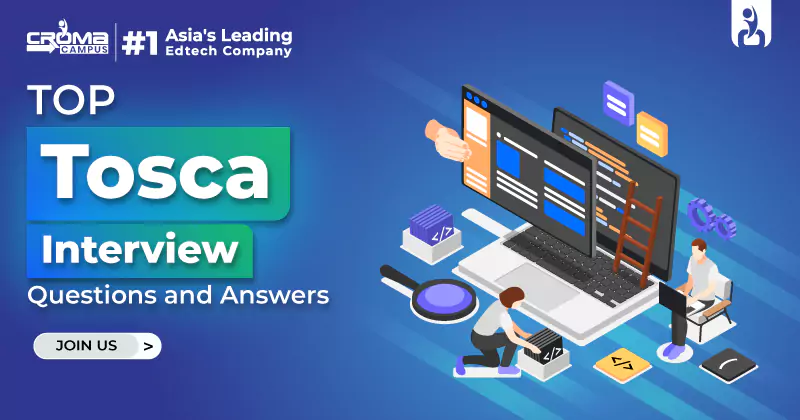

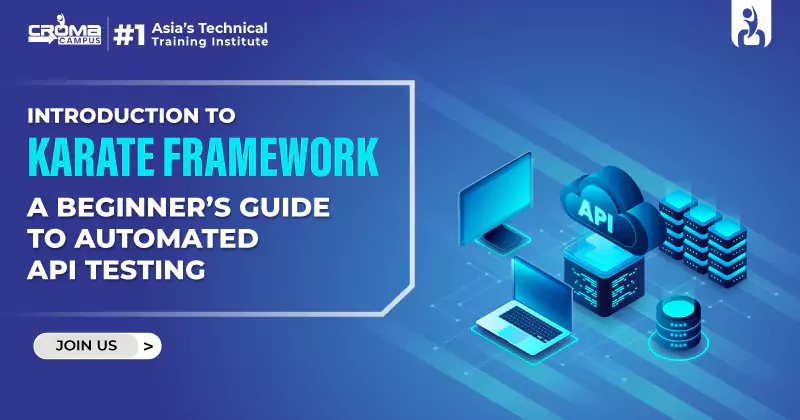
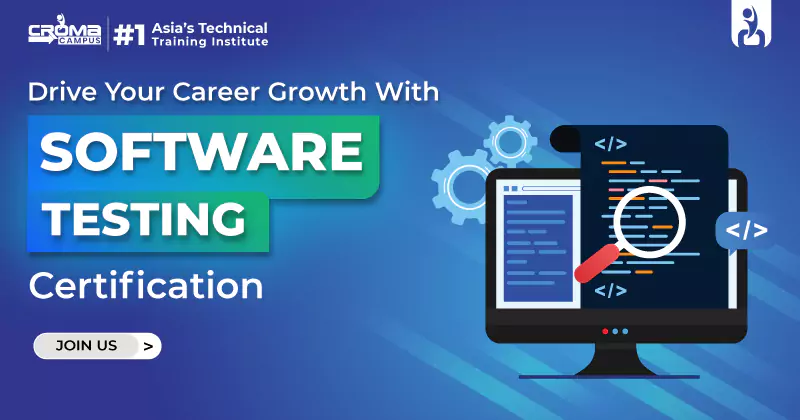
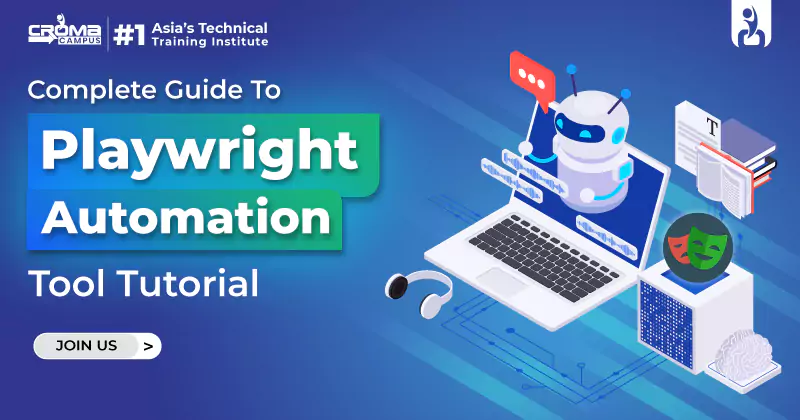
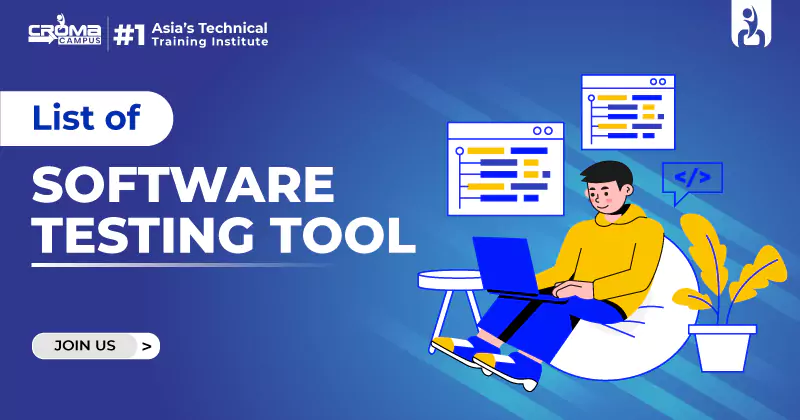


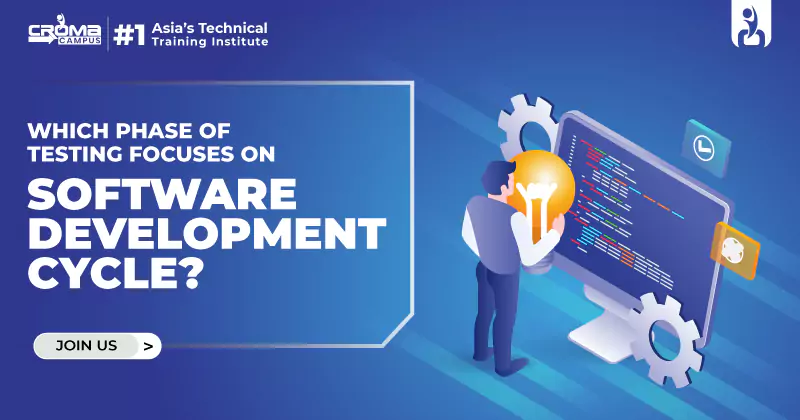
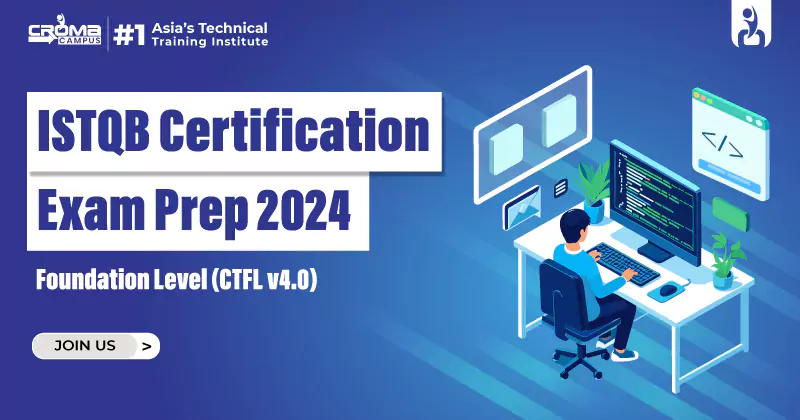
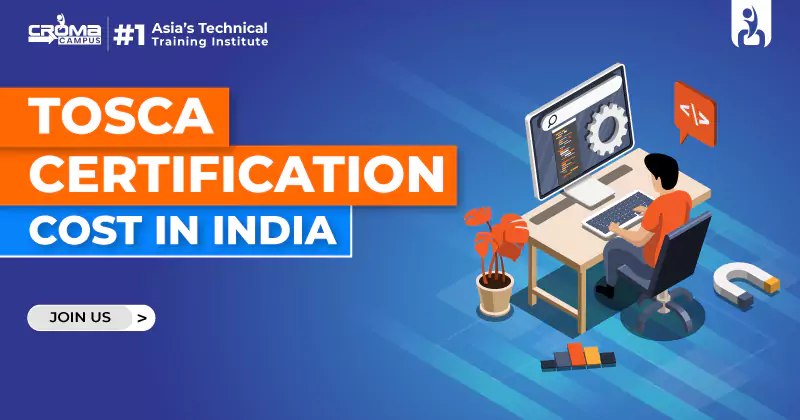



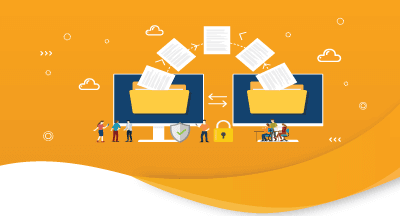





 Master in Cloud Computing Training
Master in Cloud Computing Training